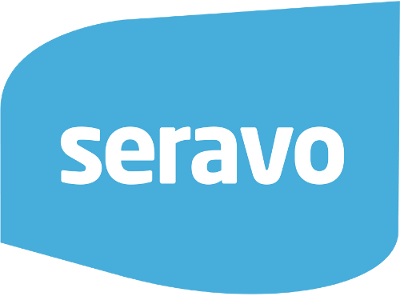Restricting access
Summary:
Restrict access to the site in various ways
Restricting access with built-in features of WordPress
WordPress offers a multitude of user management and access control related features. We warmly recommend that you use them as your primary means of access management. For instance, you can easily protect individual pages and posts with a password by setting post visibility in WP admin to ‘Password Protected’. You can also activate Maintenance Mode and allow only selected users to access the entire site.
For more complex scenarios you can install BuddyPress or use some of the groups plugins.
Fiddling with Nginx based access control methods should be your last resort. Using WordPress features and PHP code is always the more flexible, more user and developer friendly option and the preferred method for managing authentication and enforcing access controls.
Restricting access with HTTP Basic Authentication
Note: This applies only to static HTML pages. If you want to restrict access to certain WordPress pages or sections, use a WordPress plugin or PHP code to implement it.
The HTTP Authentication headers based system is quite old fashioned and not exactly the state-of-the-art in cryptographic security. The list of usernames and passwords needs to be maintained manually using the htpasswd command line utility. First create a file with the -c option and then add more users as you need:
htpasswd -bc /data/wordpress/nginx/htpasswd-file-example username1 adminpassword
htpasswd -b /data/wordpress/nginx/htpasswd-file-example username2 userpassword
Once you’ve generated a htpasswd file you can activate it for a particular path for example by creating a file /data/wordpress/nginx/htauth.conf like this:
location ^~ /restricted-section/ {
auth_basic "Arbitrary realm name";
auth_basic_user_file /data/wordpress/nginx/htpasswd-file-example;
}
Remember to run wp-restart-nginx to make the new Nginx config file effective.
Warning: Do not activate HTTP Authentication for the entire site. Otherwise you will render the
wp-testtest unusable, all automatic monitoring of your site will start to fail and Seravo’s admins cannot access your site to check it and do upkeep anymore.
Restricting access by IP address
If you have a section of your site that should only be visible for example to visitors from a certain subnet, typically some sort of intranet or extranet page, you might want to use IP address based access controls. Be warned however that it is really hard to get right. Unlike domain names, IP addresses come and go, and you need to manually keep the IP lists up-to-date. IP addresses should not be used for very sensitive content, as no per-user audit trail whatsoever is formed when using blanket IP access rules.
Sometimes your users need to access the page on-the-go, so you should also provide a password authenticated way of access they can resort to. A site should never have hard, IP restrictions that are impossible to bypass.
location ^~ /restricted-section/ {
allow 1.2.3.4;
allow 5.6.7.8;
deny all;
}
Warning: Do not activate IP address based restrictions for the entire site. Otherwise you will render the
wp-testtest unusable, all automatic monitoring of your site will start to fail and Seravo’s admins cannot access your site to check it and do upkeep anymore.
Use two factor authentication and don’t waste time on implementing IP based restrictions
Many people want IP based restrictions because they are afraid that their users use subpar passwords or they want to increase the barrier for unauthorized access for other reasons. Rather than resort to IP based restrictions, look into WordPress plugins that implement two factor authentication (2FA). The primary plugin to research is the Two Factor plugin, a feature project for WordPress Core. It will most likely become a part of WordPress itself in the future.
Restricting access to WordPress admin panel (wp-admin)
Occasionally WordPress website developers want to allow users to log in to the site, but not see the WordPress admin area (/wp-admin) or admin bar. This is feature WordPress isn’t officially designed for, but the user experience can be achieved with suitable user roles and some CSS rules to hide the admin area.
Avoiding hitting existing restrictions
For security reasons Seravo deploys an array of restrictions that are designed to never interfere with legitimate usage of any WordPress site. However, in some rare cases certain WordPress plugins that function incorrectly may hit the Seravo’s security limits if the conditions listed below are all true at the same time:
- making over 200 HTTP requests per minute
- to WordPress/PHP scripts
- from a the same IP address.
If this limit is hit, the symptom is a HTTP response with code 429 to the browser/bot, warnings about PHP flood restrictions in the log at /data/log/nginx-error.log. If you for whatever reason hit these limits, please investigate the HTTP access logs on what the requests are and why the plugin or other piece of code is bombarding the site with so many requests.
There should never be any real need for a legitimate user or WordPress plugin to exceed this limit. Note, that this limitation does not apply to static assets (JS, CSS, images) nor to cached PHP responses.

 - Docs
- Docs